Steel beams are incredibly strong and durable, but sometimes you may need to drill a hole through it. Whether you’re building a deck or installing new HVAC, drilling through steel beams can seem daunting – that is, until now. This comprehensive step-by-step guide will help you tackle the challenge of drilling through steel beams like a pro! From selecting the right tools and materials to obtaining the necessary safety equipment, this article will make your steel beam drilling experience as smooth as possible.
General information on steel beams
Steel beams are commonly used in construction and engineering for their high strength-to-weight ratio as well as their versatility. Steel beams come in a variety of shapes such as I-beams, H-beams, and S-beams. Steel beams can be used to support walls, floors, roofs, and other structural elements. They are also used to create frames for large structures such as bridges and stadiums. The size of the steel beam depends on the load it is designed to carry and the span distance between supports.
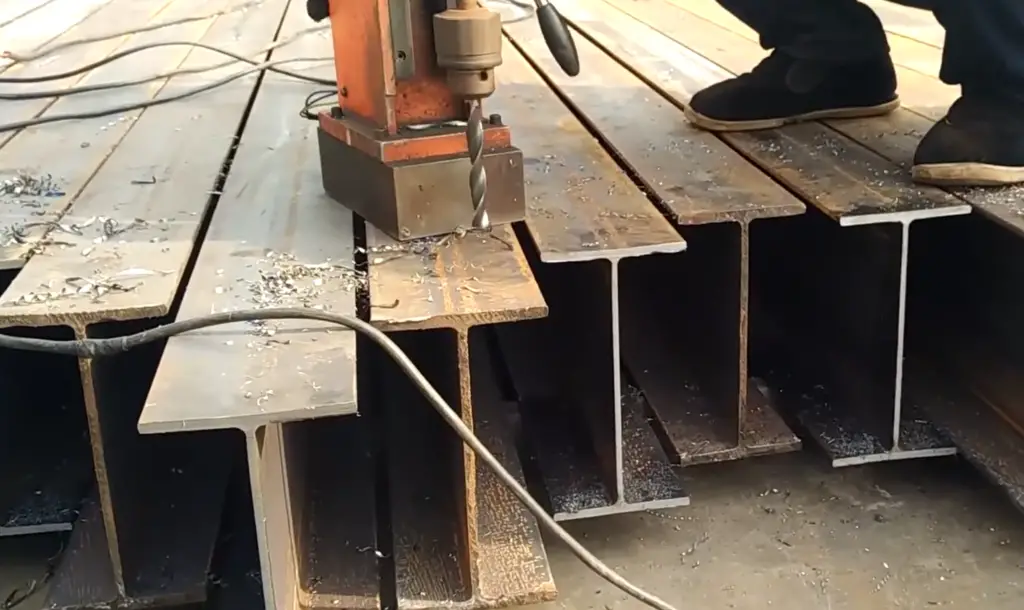
There are several types of steel available for use in steel beam construction including carbon steel, stainless steel, weathering steel, and high-strength low alloy steel. Carbon steel is the most common type of steel used for beams as it is very strong and versatile. Stainless steel is another option, although more expensive than carbon steel, as it offers better corrosion resistance properties. Weathering steel has higher corrosion resistance but requires more maintenance due to its tendency to form rust over time. High-strength low-alloy steels are specially designed alloys that offer superior strength and corrosion resistance compared to other steels.
Steel beams can be finished with a variety of coatings depending on their intended use or application. Commonly used coatings include galvanization which provides excellent protection from rust and corrosion; powder coating which provides a durable finish; and painting which gives an added aesthetic appeal. Steel beams can also be coated with fire-retardant materials for additional protection.
No matter the type of steel beam or finish, proper installation is key to ensuring a secure and safe structure. It is important to follow all safety precautions when working with steel beams and always consult an engineer for any questions regarding design or installation [1].
With which drill can you drill in steel beams?
For drilling into steel beams, you will need a drill bit specifically designed for this purpose. These types of bits usually have a sturdier and longer design than general-purpose drills to provide more torque. When looking for the right one, you will want to pay attention to the size of the bit as well as its material type. High-speed steel (HSS) is typically used for drilling into steel beams since it is resistant to wear and tear due to its hardness.
Additionally, carbide-tipped bits are also suitable, as they can handle higher temperatures without softening or melting during operation. Once you find the right bit for your application, make sure to use a variable-speed drill when working with harder materials like steel. This will give you better control for precision drilling and prevent the bit from overheating or melting [2].
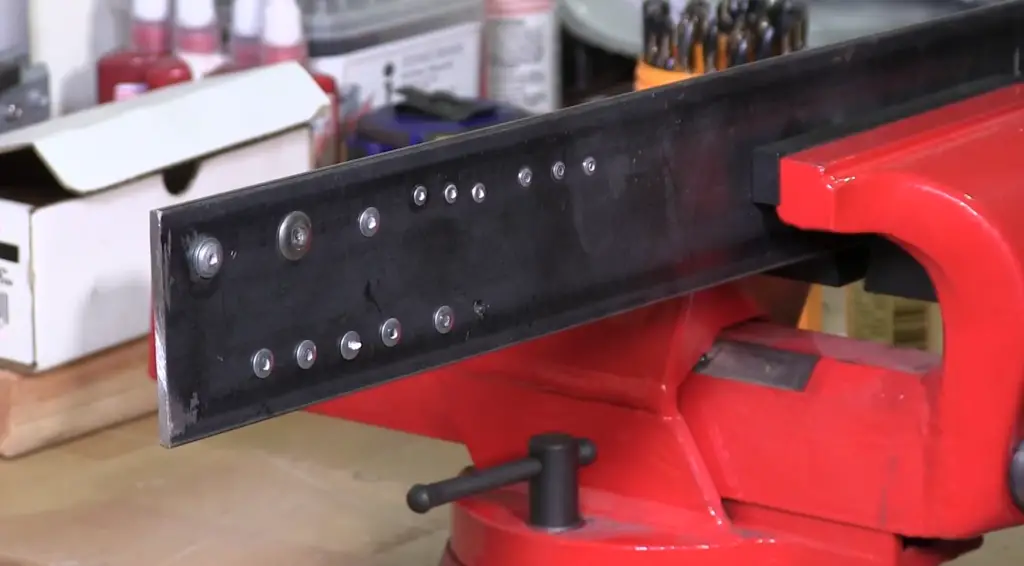
What do you have to consider when drilling into steel beams?
Statics (load-bearing function)
When drilling into steel beams, you need to consider the load-bearing function of the beam and the corresponding static requirements. The supporting structure must be able to safely absorb the loads caused by the casting or welding of the new drill hole. In addition, it is important to ensure that no edge distances are violated during drilling, as this could lead to a reduction in stability.
Material properties
The material properties of the steel beam also need to be taken into account when drilling. Specifically, attention should be paid to minimum wall thicknesses, maximum pillar diameters, and melting temperatures of metals such as stainless steel or aluminum-magnesium alloys. This information can usually be found in product catalogs or technical data sheets supplied by the manufacturer or supplier.
Thermal effects
It is also important to consider the thermal effects of drilling into steel beams. For example, when drilling at high speeds, the heat generated by the drill bit can increase temperatures at the point of contact and cause damage to the steel beam or even surrounding components in extreme cases. To avoid this, it is recommended to use a slow-speed setting and apply a cooling lubricant during drilling.
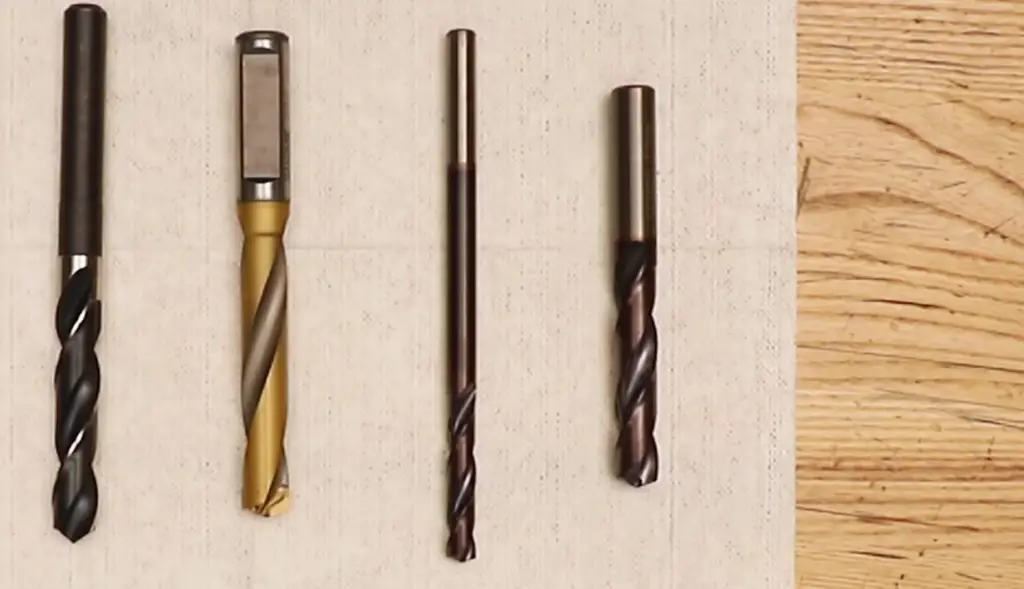
Safety precautions
Safety precautions need to be taken when drilling into steel beams. All personnel involved must be wearing personal protective equipment such as goggles and gloves to prevent injury from sparks or debris caused by the drill bit. In addition, adequate ventilation should be provided to reduce levels of hazardous fumes created by the drilling process.
Speed and accuracy
It is essential to consider the speed and accuracy of drilling when working with steel beams. It is important to use a drill bit that is designed for the material being drilled, as this will ensure an accurate hole size. Additionally, using a lower speed setting will help reduce vibration and improve accuracy during drilling.
Gloves
Gloves should be used when drilling into steel beams as they provide additional protection from potential sparks or debris. Use gloves that are made of thick, heat-resistant material such as leather or Kevlar. In addition, it is important to avoid wearing any jewelry while drilling as this could get caught in the drill bit and cause injury.
It is also recommended to use a clamp or vice to secure the steel beam before drilling. This will help ensure that the beam remains stable and reduce the chances of slipping during drilling.
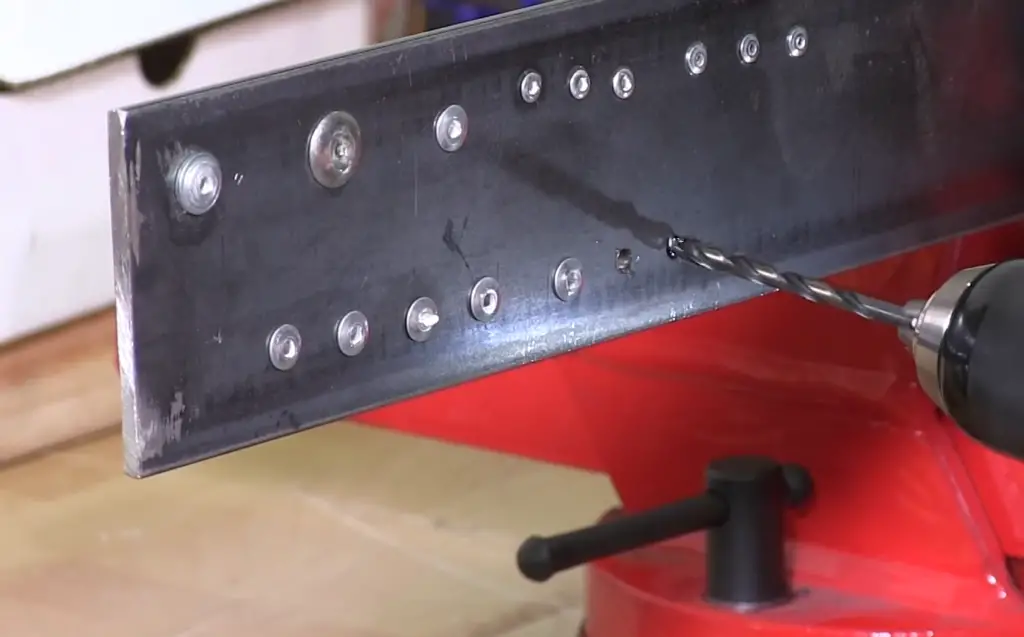
Protective goggles
Protective goggles should be worn when drilling into steel beams. This will help protect your eyes from any sparks or debris created by the drill bit. It is also important to ensure that you are using a powerful enough drill for the job, as this will reduce strain on the motor and allow for higher accuracy during drilling.
Finally, always follow safety guidelines when drilling into steel beams and keep a fire extinguisher nearby in case of emergencies. By considering these points before beginning work, you can ensure that all necessary precautions have been taken to ensure the safety and accuracy of your project [2].
How to Drill Through Steel Beam: Step-By-Step Guide
Choose the right tool
The first important step when drilling through a steel beam is to make sure you have the right tool for the job. You’ll need an electric drill with a high-speed, steel-cutting bit designed for drilling metal. Make sure that the drill bit is long enough to extend beyond the width of the beam.
Get the right angle
When drilling a steel beam, it is important to make sure that the drill bit is at an angle that will allow you to penetrate the steel. If the angle isn’t right, the drill bit won’t be able to dig into the metal. Experiment with different angles until you find one that works best for your project. For example, a 45-degree angle will usually work best for drilling through steel beams.
Hold your drill straight
When drilling a steel beam, make sure to hold your drill securely and straight. Holding the drill at an angle or off-center will increase the chance of the drill bit slipping out of alignment and potentially damaging the steel beam.
Calculate the force required
When drilling a steel beam, you need to make sure that the drill bit is applying enough pressure to penetrate the steel. Too much pressure can cause the drill bit to blunt or break, while too little pressure won’t be able to cut through the metal. It’s important to experiment with different levels of force and find one that works for your project.
Apply pressure
Once you have found the correct angle and calculated the right amount of force, it is important to make sure that you are applying enough pressure to keep the drill bit in contact with the steel beam. This will ensure that the drill bit will be able to penetrate the metal without slipping or breaking.
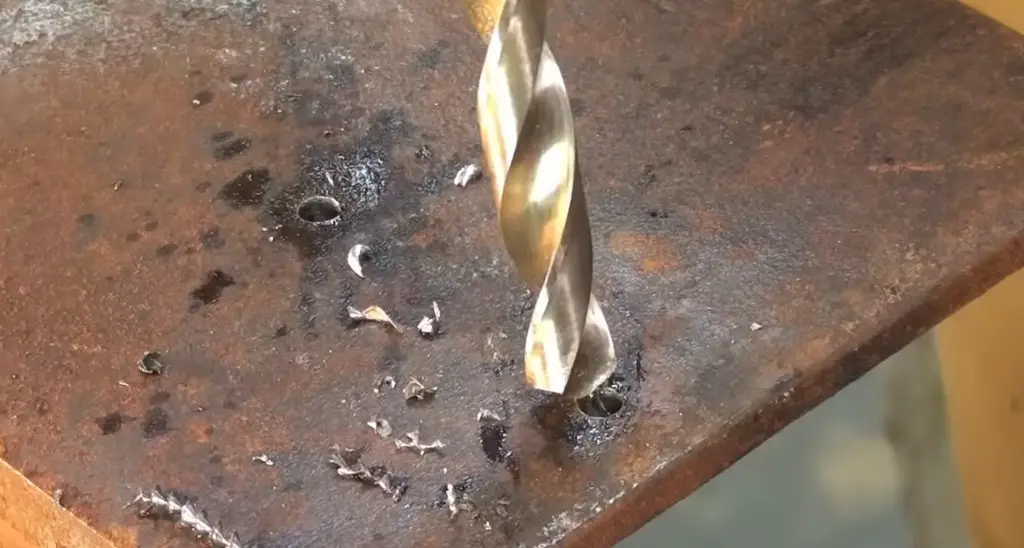
Drill at a slow speed
When drilling through a steel beam, it’s important to go slowly so that you don’t apply too much pressure and damage the material. Use your drill’s lowest setting and take your time when drilling. Be careful not to rush and accidentally slip out of alignment, as this could cause serious injury or damage to the beam.
Drill at different angles
For larger or thicker steel beams, you may need to drill at different angles to ensure that the drill bit penetrates the entire thickness of the metal. Experiment with small sections at a time and adjust your angle as needed until you have drilled through the entire beam.
Remove burrs
It’s important to remove any burrs left on the steel beam after drilling. Burrs can be dangerous and increase the risk of injury, so it’s important to remove them before using the beam in your project. You can use a file or sandpaper to smooth out any rough edges left behind by the drill bit.
Never drill sideways
When drilling a steel beam, it’s important to never drill sideways. This can cause the drill bit to slip out of alignment and potentially break or damage the beam. Always keep the drill bit perpendicular to the steel beam when drilling and make sure that you are applying enough pressure to ensure that the drill bit won’t slip out of place.
Use oil
When drilling through a steel beam, it’s important to use oil or lubricant to help keep the drill bit cool and reduce friction. This will help the drill bit penetrate the metal more easily and ensure that your project is completed safely and efficiently.
Don’t forget your safety gear
Finally, it’s important to wear the proper safety gear when drilling through a steel beam. Make sure you are wearing protective eyewear, gloves, and a breathing mask to help protect yourself from flying metal particles. Drilling through a steel beam can be intimidating at first, but with the right tools and safety measures in place, it can be done safely and easily. Follow these steps and you’ll have your steel beam drilled in no time [3]!
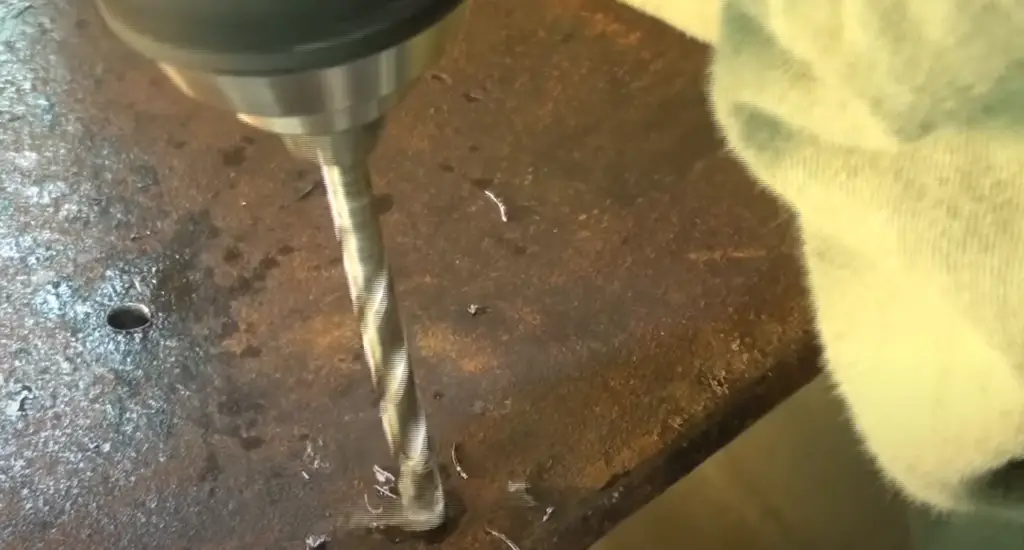
How to Avoid Common Mistakes When Drilling Through Steel Beams?
When drilling through steel beams, there are a few common mistakes that should be avoided at all costs.
- Not Using the Right Drill Bit: To properly drill through steel, you need to use an appropriate drill bit for the job. Regular or high-speed steel (HSS) drill bits will work on most types of steel, but carbide-tipped bits are better suited for harder steels like stainless. If unsure of what type of bit to use, it’s best to consult with a professional first.
- Not Making Sure the Steel is Securely Mounted: Make sure the steel beam is securely mounted before attempting to drill into it. This can help reduce unwanted movement which could result in an inaccurate hole.
- Not Using a Center Punch: A center punch is a device used to create a small indentation on the surface of the material before drilling into it. This helps ensure that the drill bit won’t wander and creates precise holes for fastening hardware or other components.
- Not Cooling Down Your Drill Bit: Drilling through steel can be extremely taxing on your drill bits, so make sure you keep them cool by regularly dipping them in oil or water while drilling. This will help prevent your drills from getting hot and melting away due to friction produced during drilling.
- Not Wearing Safety Goggles: Eye protection is always important when working with power tools, especially when dealing with metal. Wear safety glasses or goggles to protect your eyes from flying debris and metal shavings.
Following these tips can help you avoid common mistakes when drilling through steel, ensuring the job is done safely and accurately [4].
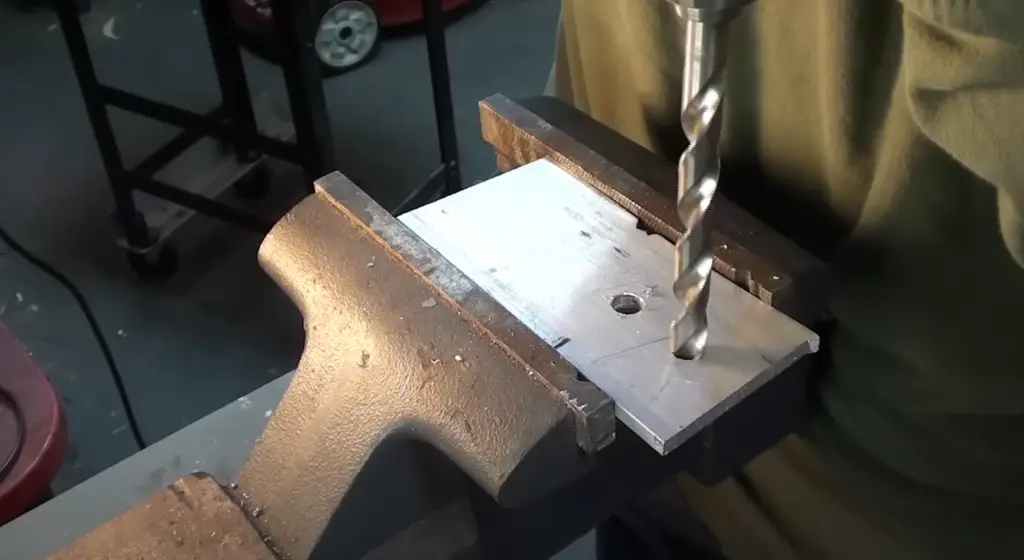
FAQ
What type of drill bit is best for drilling steel?
For drilling steel, a high-speed steel (HSS) drill bit is the best choice. HSS bits are more resistant to heat and wear than other types of drill bits, making them ideal for use in harder materials such as stainless steel or cast iron. They also have a greater tolerance for chip build-up, which can occur when drilling into tougher materials. HSS bits come in a variety of shapes and sizes to suit different applications. It’s important to choose the right size and shape of bit for your specific project for maximum efficiency and accuracy. In addition, HSS drill bits should be sharpened regularly to ensure they stay effective over time.
What drill bit should I use to drill through a steel beam?
When drilling into a steel beam, it is important to choose the right type and size of the drill bit. A cobalt (HSCO) or titanium-coated high-speed steel (HSS) bit is usually best for tough materials like steel beams. These types of bits are capable of withstanding higher temperatures than standard HSS bits, providing greater durability and longer life. It’s also important to select the appropriate size bit for your project; too small a bit may not have enough gap clearance to properly penetrate the material, while too large a bit can create stress fractures in the metal.
How often should I drill with the wrong type of bit per minute?
Drilling with the wrong type of bit per minute is not recommended. This can lead to poor results, as well as cause damage to both your drill bit and the material you are drilling into. Using the correct drill bit for each application is essential for achieving high-quality results. It’s also important to maintain a steady speed when drilling so as not to overheat and damage the bit or project material. Depending on the type and size of drill bit being used, speeds between 600-1000 RPM are usually best.
What safety measures should I take when using a drill?
When working with any type of power tool such as a drill, it’s important to take necessary safety precautions. Always wear protective eyewear, gloves, and hearing protection. Keep your work area clear to minimize the risk of tripping or falling.
Additionally, always ensure that your drill bit is properly secured before drilling, as this can help avoid accidental slips or misfires. Finally, keep a fire extinguisher nearby in case of emergency. These precautions will help keep you safe while working with drills and other power tools.
Can I drill through and then weld both sides?
Yes, it is possible to drill through and then weld both sides of a piece of metal or other material. However, the accuracy of the hole must be taken into account when making this decision. Drilling a hole that is too large can result in weak welds or joints and should be avoided if possible. Additionally, it’s important to make sure the two pieces being joined are compatible with each other before welding; otherwise, you may end up with weaker welds or even damage to the material. Lastly, always follow all safety instructions when using any type of welding tool.
What type of machine should I use to make holes in steel?
For drilling into steel, a drill press or milling machine is usually the best choice. Both of these machines are designed to make precise and accurate holes in metal and other materials. Drill presses provide more control over the speed and depth of cuts than hand drills, while milling machines are typically used for larger projects such as cutting out complex shapes or slots. It’s important to use the right type of tool for your specific application to ensure accuracy and safety. Additionally, always follow all instructions provided with each machine before use.
What should I do if my drill bit gets stuck?
If your drill bit gets stuck while drilling, it is important to stop immediately and remove the bit from the material. To get the bit out, you may need to use a pair of pliers or a wrench. If the bit is severely stuck, you may need to consult with a professional who can help get it out safely. Additionally, always make sure that the drill bit is properly secured before drilling and double-check that it is compatible with the material being drilled into to help avoid getting stuck.
What type of drill do I need for different materials?
The type of drill needed for different materials depends on the hardness, thickness, and shape of the material. For softer materials like wood or drywall, an ordinary electric drill will suffice. However, harder materials such as metal require special high-speed steel (HSS) bits designed specifically for drilling into tougher materials. In addition, the size and shape of the bit should be chosen based on the project for maximum efficiency and accuracy. Additionally, always make sure that the drill bit is securely fastened before use to avoid any accidents or misfires.
Can I drill through a structural beam?
Yes, it is possible to drill through a structural beam. However, it is important to choose the correct type and size of drill bit for this application. A cobalt (HSCO) or titanium-coated high-speed steel (HSS) drill bit is usually best for tougher materials like structural beams. In addition, you should also select the appropriate size bit for your project; too small a bit may not have enough gap clearance to properly penetrate the material, while too large a bit can create stress fractures in the metal. Finally, always make sure that your drill bit is securely fastened before drilling and double-check that it is compatible with the material being drilled into to help avoid any issues during use.
What is the best bit for drilling a beam?
The best bit for drilling a beam is typically a cobalt (HSCO) or titanium-coated high-speed steel (HSS) bit. These types of bits are capable of withstanding higher temperatures than standard HSS bits, providing greater durability and longer life. It’s also important to select the appropriate size bit for your project; too small a bit may not have enough gap clearance to properly penetrate the material, while too large a bit can create stress fractures in the metal. Additionally, always make sure that your drill bit is securely fastened before drilling and double-check that it is compatible with the material being drilled into to help avoid any issues during use.
What is the easiest way to drill through steel?
The easiest way to drill through steel is by using high-speed steel (HSS) or titanium-coated HSS bit. These types of bits are specifically designed for drilling into harder materials and can typically penetrate the material with minimal effort. It’s important to select the correct size bit for your project; too small a bit may not have enough gap clearance to properly penetrate the material, while too large a bit can create stress fractures in the metal.
Useful Video: How to Drill Through Steel Beams with a Cordless Drill
Conclusion Paragraph
Drilling through steel beams can be a complicated task, but with the right tools and techniques, it is possible to safely and effectively drill through steel beams. The key is to use the right equipment for the job and have a strong understanding of how to properly set up and operate this equipment. It also helps to know when extra caution needs to be taken to prevent any damage or injury during the process. With these tips in mind, anyone can feel confident about drilling through steel beams.
References
- https://cbsmn.com/what-are-steel-beams/
- https://ruko.de/en/knowledge/know-how/what-drill-do-i-use-for-drilling-into-a-steel-beam
- https://drillvilla.com/how-to-drill-through-steel-beam/
- https://cordlessdrills24.com/avoid-common-mistakes-when-drilling-through-steel-beams/






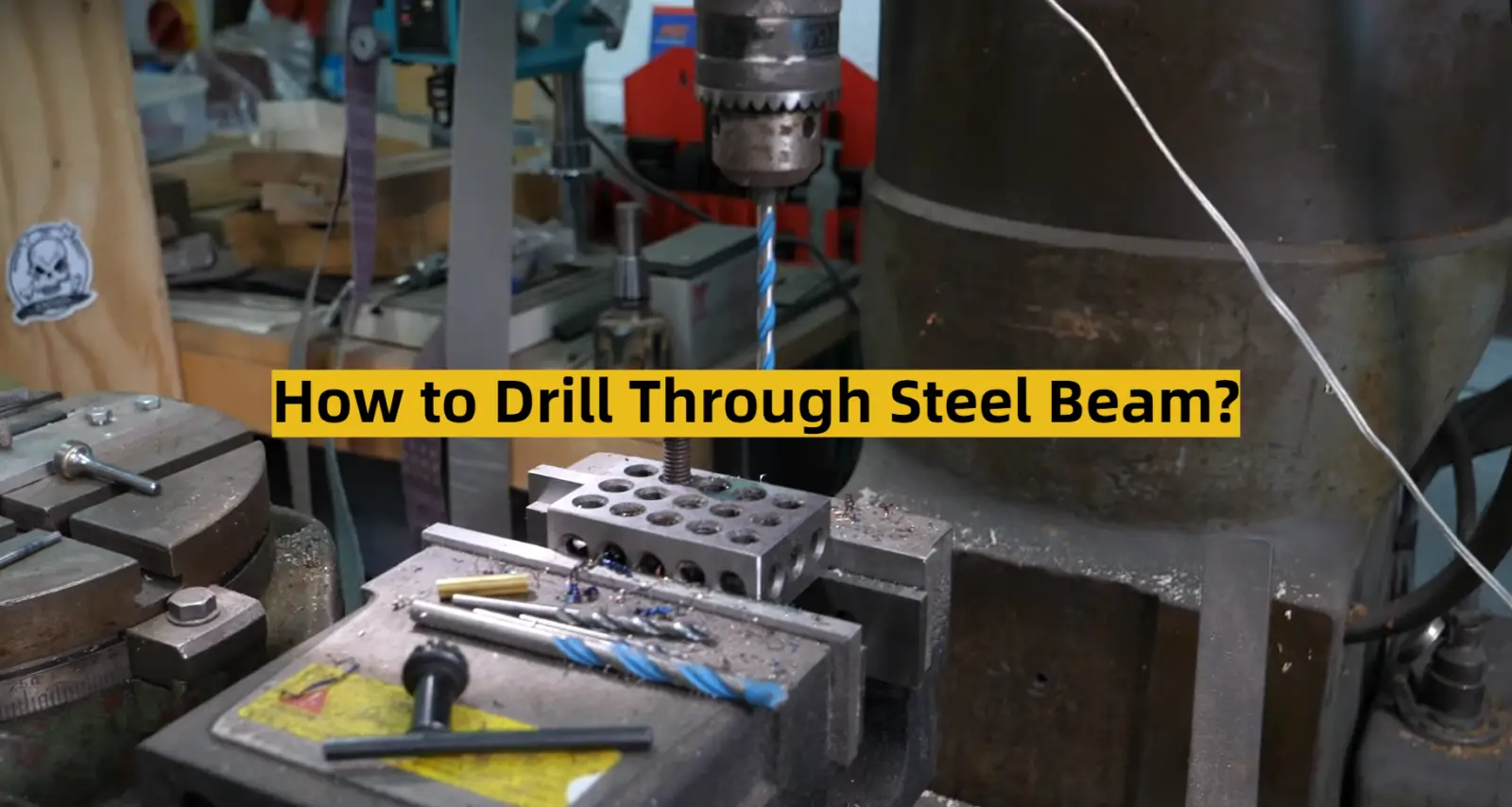




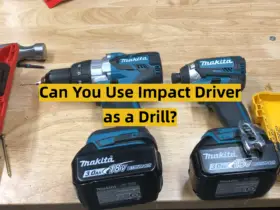

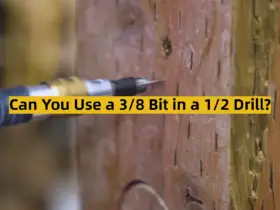
Leave a Reply